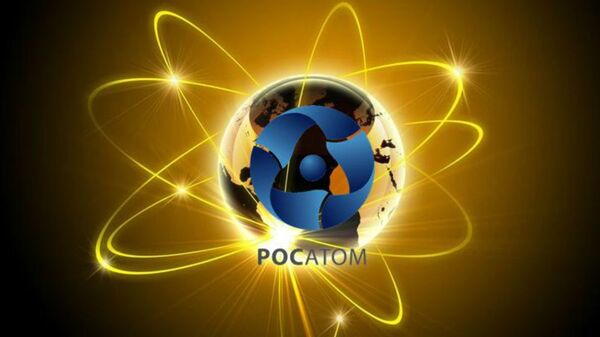MOSCOW (Sputnik) — Rosatom's new 3D business, which will use innovative metal powder materials and industrial-scale printers developed by the company itself, will start off by manufacturing parts for the nuclear industry before branching into other areas, he added, noting that a number of the corporation's divisions have come up with proposals on the range of parts that can be made using additive technology.
"Over two and a half years 3D printing became one of the leading areas for Rosatom's non-nuclear business. Today, a roadmap and strategy of additive technology development in the nuclear industry have been formulated <…> By the end of 2018, Rosatom should have the full set of expertise needed to offer additive technology services. There are plans to have equipment, materials and technologies in order to offer the possibility of implementing any design ideas in the form of finished products," Dub said in an interview with RIA Novosti.
"By 2018, we expect to deliver a number of these products to research reactors for exposure," he said.
Rosatom unveiled the first Russian-made metallic 3D-printer at the Innoprom industrial trade fair in Yekaterinburg earlier in July. Equipped with a 1,000-watt laser, the printer is expected to have an output of between 15 and 70 cubic centimeters per hour, according to the corporation.
3D printing is a relatively new manufacturing process. Additive technologies used in the process make objects by adding layers of material in accordance with digital designs with little waste, making them more efficient in terms of energy and materials than technologies using conventional methods. 3D printing involving metals uses high-power lasers to melt metal powders and fuse them layer by layer.


